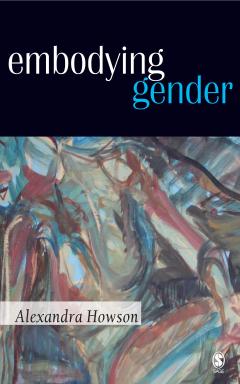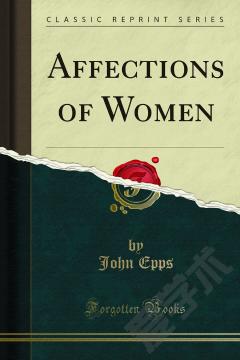Fashioning the Feminine
The book, examining the relationship between fashion, gender and representation in Britain in the twentieth century, draws on extensive primary research (including oral history). It is the culmination of Buckleyâs research on aspects of fashion that began with work on home-dressmaking and fashionable dress worn by women in North East England between the wars (âOn the margins: Theorising the history and significance of making and designing clothes at homeâ, Journal Of Design History, Vol. 11, No.2, 1998, pp.157-171 and âModernity, Femininity and Regional Identity: Women and Fashion 1914-1940â, in Northumbria Panorama: Studies in History and Culture in North east England, ed. Thomas E. Faulkner, Octavian Press, 1996), Two of Buckleyâs three chapters (three and four) focus on fashion and gender between 1914 and 1950. Chapter one, written by Buckley, is a theoretical chapter about fashion and gender; this develops themes evident in Buckleyâs theoretical work on gender and design. Its impact stems from the focus on working-class identities alongside gender in two historical periods, 1914-1918 and 1920-50. Chapter two was extended and developed as a paper published as âââDe-humanised Females and Amazoniansâ: Fashioning the Female Body in Home Chat, 1914-1918â, Gender and History, Vol. 14, issue 3, Nov 2002, pp 516-536. A direct result of this was the invitation for Buckley to act as rapporteur for ESRC and EPSRC research projects; (including for example: Shopping Routes: Networks of Fashion Consumption in Londonâs West End, 1945-1979 part of the ESRC Cultures of Consumption project and managed by Christopher Breward, David Gilbert, Pamela Church Gibson). PGR student Mark Armstrongâs PhD (begun 2006) dealing with gender, image and identity relates specifically to this research
{{comment.content}}








 京公网安备 11010802027623号
京公网安备 11010802027623号